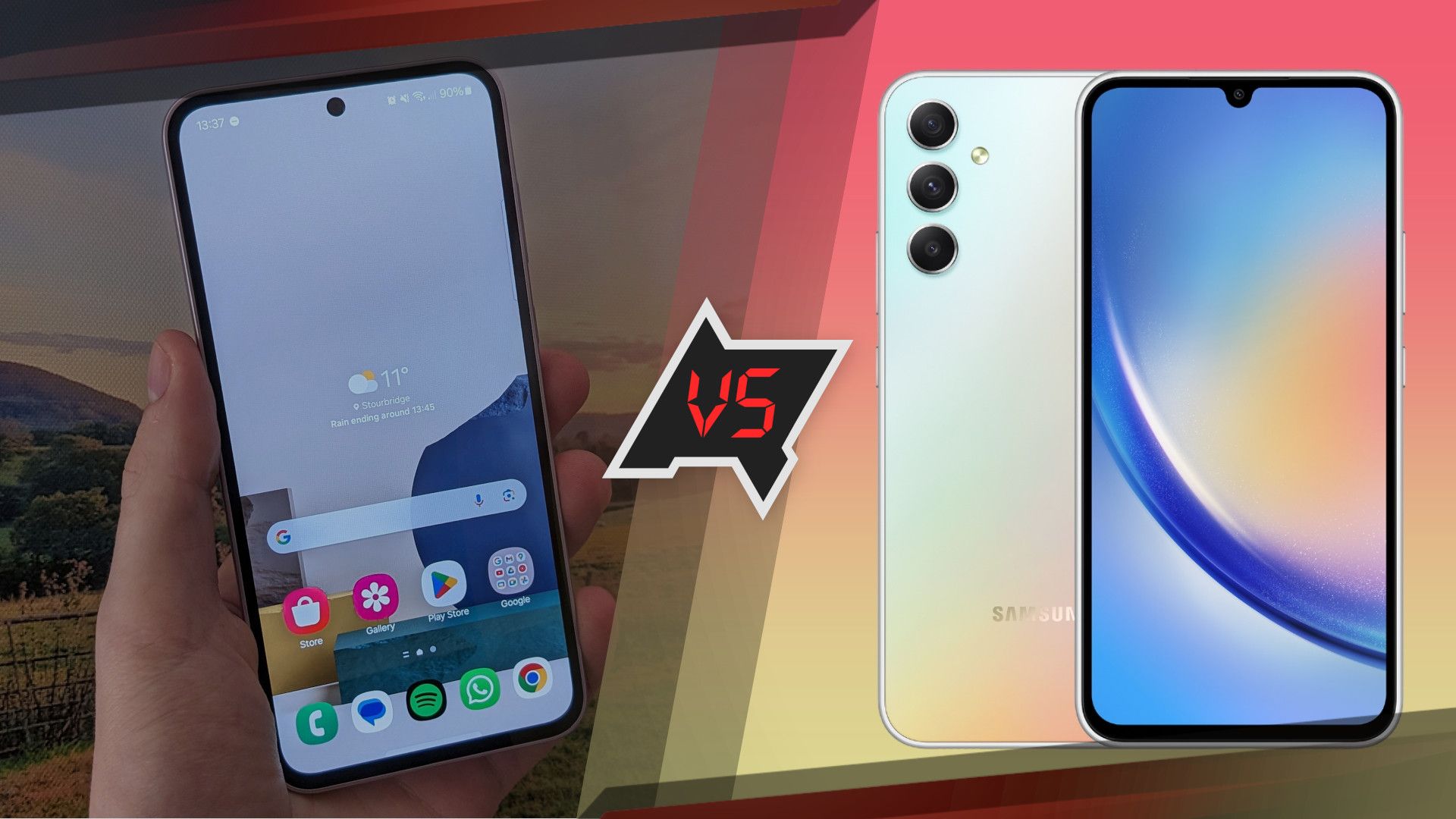Summary
- 6G is inevitable, offering speeds of 1TB/s, with Samsung and Arm working on parallel processing to handle the data fire hose.
- Launch of 6G networks may be sooner than expected, revolutionizing AI capabilities and enabling dense IoT product communication.
- Samsung and Arm are laying the foundation for 6G through an open-source project to leverage collective knowledge for a free software base.
The smartphone era we currently enjoy was made possible by the introduction of 3G networks back in 2001. Things really started kicking off when 4G and mobile streaming video began arriving in 2009. Ten years later, spurred by an ever-increasing need for more data, 5G began to be deployed. But the human hunger for data can only be sated for so long, and Samsung and Arm are hard at work laying the foundation for the next generation of mobile data.

Samsung Galaxy A35 vs. Galaxy A34: What’s the difference?
Is the Galaxy A35 a worthy upgrade?
6G cannot be stopped
The advent of 6G is inevitable, even if the data speeds it offers aren’t essential just yet. Although nothing’s carved in stone as of now, the consensus among online voices seems to be that 6G will offer speeds of around 1TB/s (that’s about 30 Blu-ray movies per second). In order to process that fire hose of data, new software will have to be invented. And that’s the problem that Samsung Research and Arm are trying to tackle.
The solution they’re working on is called parallel packet processing. Essentially, the throughput of data will be so high, that only a parallel processing solution could hope to process it in real time. To help them achieve this foundation of the future 6G network, Samsung and Arm intend to launch an open-source project which will leverage the knowledge of the commons, and ensure that the software foundation will be free forever.

What is the difference between artificial intelligence and machine learning?
They are related to an extent but quite different
Current estimates put the launch of 6G networks at around the end of the decade, but Samsung and Arm hope to push that timeline forward with their work on parallel packet processing. There’s no way to know exactly what 6G will look like and what it will be used for, but we do have some ideas, AI being the most obvious. AI involves moving a lot of data around, and speeds up to 1TB/s with microsecond latency will make cloud-based AI on your phone much more feasible. We can also expect the density of IoT products to increase. Self-driving cars will have to talk to each other and the network, and 6G will help that happen. I, for one, can’t wait for Skynet to pilot my car remotely.





